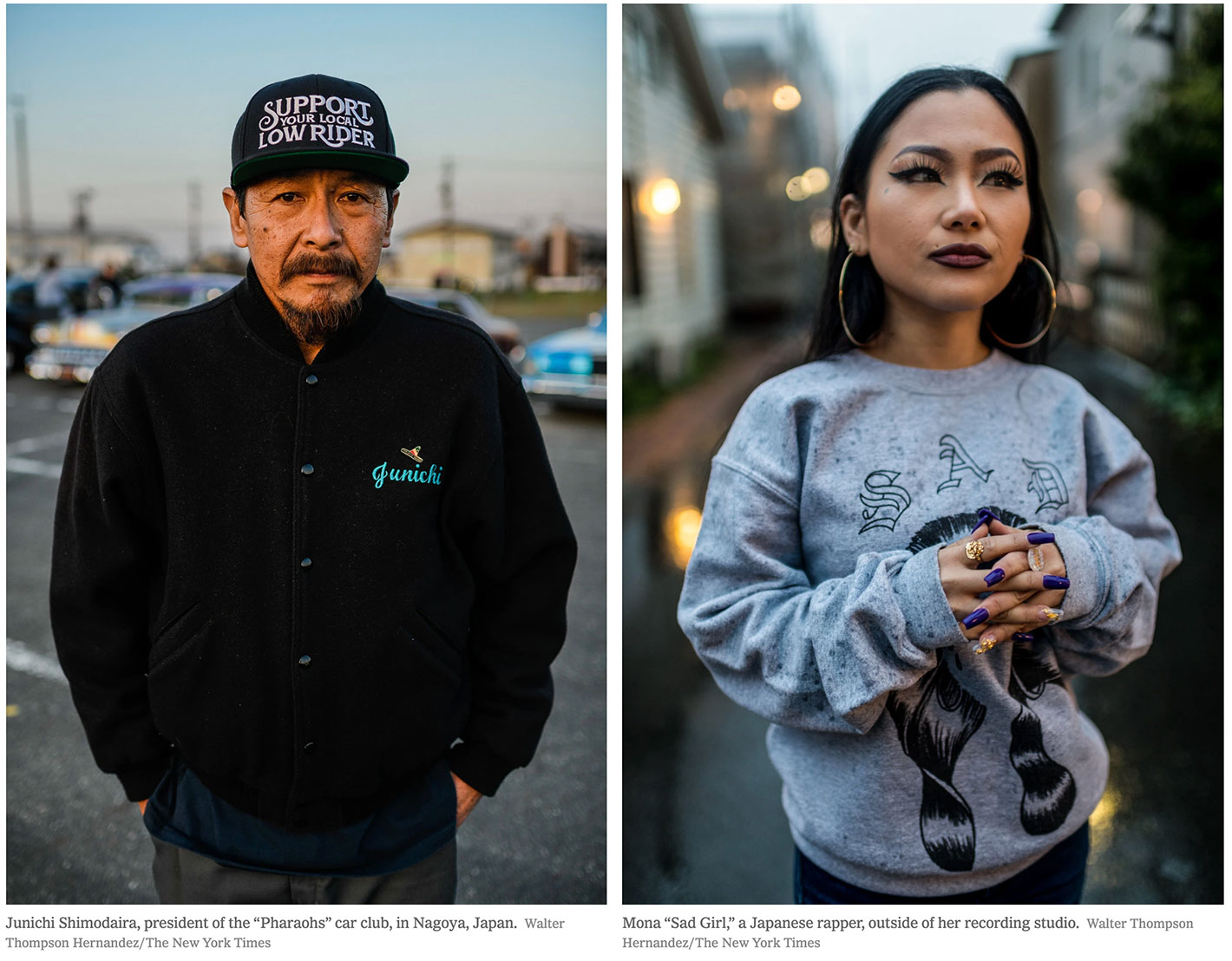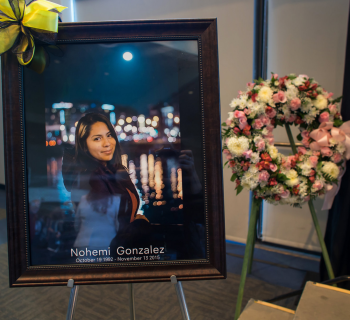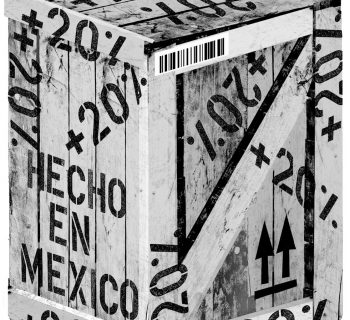I grew up with Chicano and Chicana culture in Los Angeles and heard it had spread to Japan. I wondered: Is this cultural appropriation?
By , New York Times – Feb. 19, 2019
I grew up in southeast Los Angeles, the son of an African-American father and Mexican mother, and the concept of identity is a theme that has been central to my life and a thread that weaves through many of my stories. I heard a rumor that lowrider culture — a community with an affinity for cars, outfit with intricate designs, multicolored lights and heavily tinted windows that can be traced in Southern California to as far back as the 1940s — had traveled to Japan. Apparently a Japanese journalist came to Los Angeles in the early 1990s to cover a lowrider event and returned to Japan with photos and stories to share.
I wanted to see the spreading of this subculture, and asked myself: Is this cultural appropriation? In the video above, I document my journey in exploring this question.

Neither Google searches nor academic articles provided much information. So I asked close friends of mine who were involved with the Los Angeles lowrider and music scene for Japanese contacts. Some of their contacts included Night tha Funksta, Junichi, Mona and a host of others.
I turned to Instagram for more information, going down rabbit hole searches of profiles and hashtags, leading me from one person to the next.
I knew I had to see it for myself, so I packed my bags for Nagoya, Osaka and Tokyo.
What I found when I got there is that, while most instances of cultural appropriation completely disregard the original communities, the people whom I met did the exact opposite: They are in constant communication with Los Angeles lowrider communities. To me, it was more of a form of cultural exchange. Although many people I met in the scene were born and raised in Japan, they pride themselves on appreciating lowrider culture, while also creating something new and adding their own touches through their own cultural experiences.
Source: New York Times







